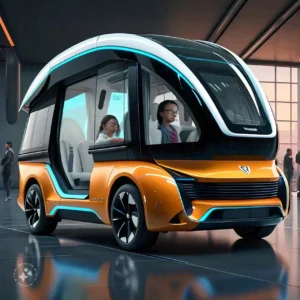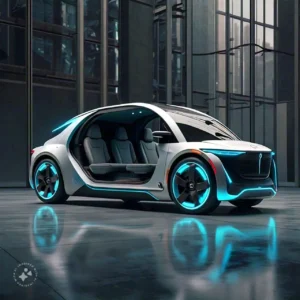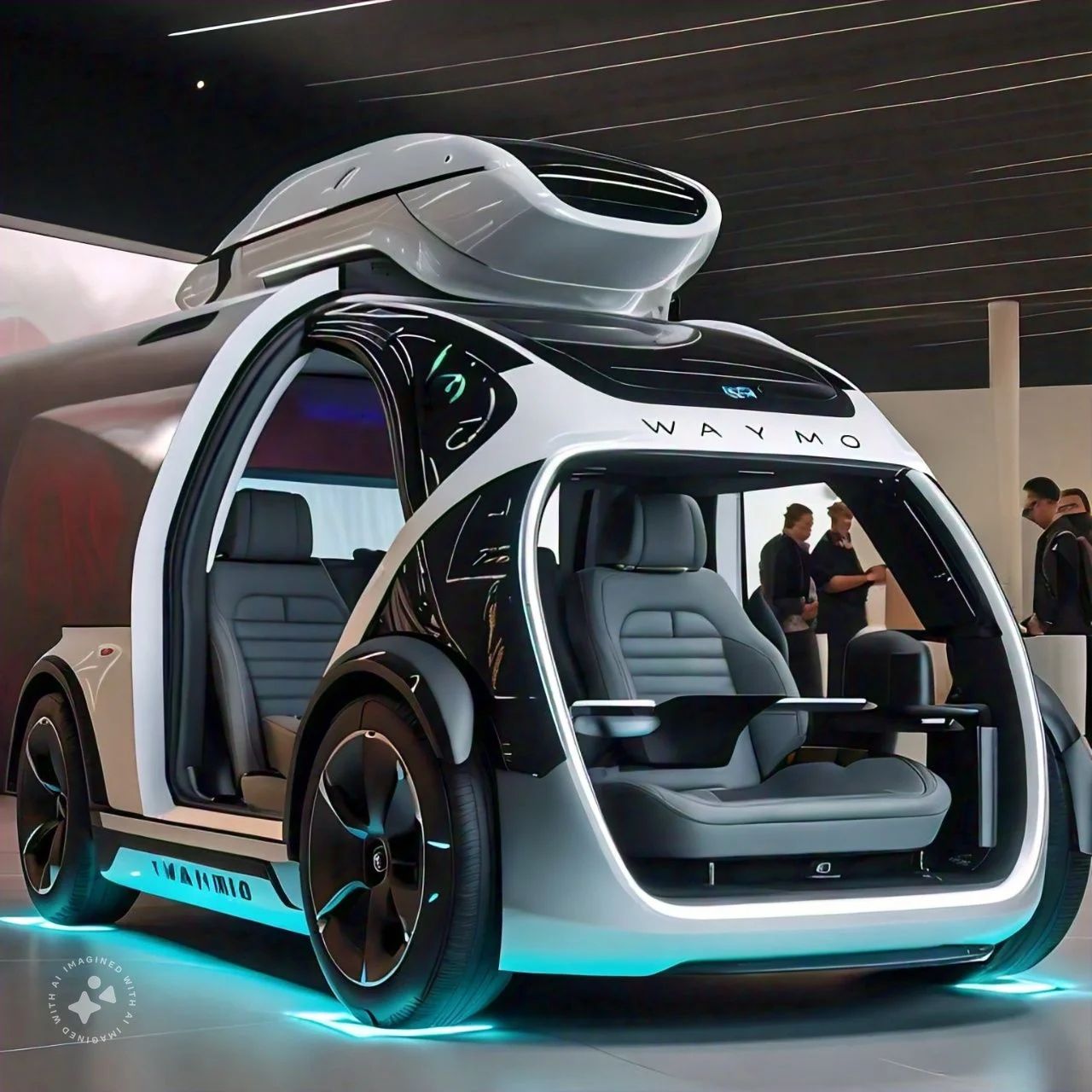Venturing into a driverless world causes the mind to be filled with wonder and amazement by the breakthroughs made in the field. In the present context, I intend to share my knowledge on Waymo, a company in the forefront of self-driving technology. The self-driving project, originally started by Google and named as Waymo, has redefined humanity’s approach to transportation.
The Genesis of Waymo
The trip to the birth of Waymo started early in 2009 with the launch of the Google Self-Driving Car Project. I remember my unexpected reaction when Google announced plans for cars to be completely autonomous and trashy. The project was aimed at driving accidents, carbon emissions and even enabling mobility for everyone who did not know how to drive to be reduced.
From Google Car to Waymo
In 2016, Google’s self-driving car project turned into Waymo, a company that was responsible to Alphabet Inc. This change was regarded as a significant step in the world of driverless cars. The driverless car project founded by Google had set the groundwork, and Waymo was now on the verge of taking the technology to the next level.
Waymo’s Self-Driving Technology

Excellent self-driving technology is at the core of Waymo’s mutual success. It is called the Waymo Driver, which is a good way to remember that name forever. The setup incorporates a set of sensors, technology, and machine learning to make cars to be driven safely. The mind-blowing green side for me is how these cars acquire virtually everything using radars, the ability to detect uncertain events, and the swiftness with which decisions are made.
Key Components of Waymo’s Technology:
-
- LiDAR (Light Detection and Ranging)
-
- Radar
-
- Cameras
-
- Artificial Intelligence and Machine Learning algorithms
Waymo One: The Self-Driving Taxi Service
The production of Waymo is one of the biggest factors that has Waymo One, a one-time taxi transport service, now the talk of the road. Launched in Phoenix, Arizona, in 2018, this service allows riders to call a self-driving car to get to their desired locations. From my point of view, the development of this technology has been exhilarating, and I say this because we are one step closer to having this as a norm where people can easily access autonomous vehicles for daily use.
The Impact of Self-Driving Cars
The pivotal role of self-driving cars on our society is in view. Along with the safety of the road and our domestic comfort, the advantages of this technology are many. Apart from that, self-driving taxis could bring about a total transformation in the urban transportation, by decreasing the necessity for personal car purchases and consequently reducing the traffic jam problem.
Challenges and Future Outlook
In spite of the progress, there are challenges ahead. I would say that the struggle for regulations, public understanding, and technological tuning is an aspect that must be looked into. Nevertheless, I am confident in the self-driving car industry’s progress. Companies like Waymo are in a constant battle to improve their systems, and thereby we are drawing closer to the time when self-driven cars are the order of the day.
Waymo’s Expansion and Partnerships

Personally, I have followed Waymo’s development and have seen great expansion results. The company has steadily broadened its operational areas, moving from Phoenix to San Francisco, among other cities. This extension of services shows that Waymo’s technology is gaining more and more ground; the number of autonomous vehicles out there is increasing, and the users are getting more and more self-confident and secure using them.
Moreover, Waymo has entered into alliances with key car manufacturers. For instance, they have partnered with Jaguar Land Rover to manufacture the Jaguar I-PACE electric vehicle that has been adapted to autonomous driving. These collaborations are very significant for the assembling of large numbers of products and for integrating driving technology into the mass-market cars.
Environmental Impact
One thing that strikes me as the most important here is the potential positive impact on the environment that Waymo’s technology can have. Self-driving cars, particularly electric ones, could single-handedly decrease the emissions of carbon to a great extent. Through optimized routes and driving patterns, these vehicles can enhance fuel efficiency and in this way decrease the general energy usage in the transportation sector.
Safety Advancements
Security is the most important problem that needs to be resolved while working on the development of self-driving technology. Waymo has really invested heavily in the development of multiple safety systems. Their cars are installed with duplicate systems for steering control and braking functionality, every essential function is backed up. Moreover, they have run millions of real-field operations and trillions of virtual scenarios to ascertain that their concept is competent for a rich variety of driving mode.
Economic Implications
The elevation of self-driving technology, with the giants of technology as spearheads, is promising to have deep consequences on the economy. It might revolutionize the aspect of logistics, delivery services, and public transport among other sectors. The debates about job loss, which have been a major problem especially concerning the professional drivers, are evident; however, new job opportunities will surely be in areas such as vehicle maintenance, remote operation, and fleet management.
Ethical Considerations

The appearance of self-driving cars in our lives and their mass usage brings forward the issue of ethics. Questions arising out of affairs that are subject to judgment, for example, car accidents, privacy of information, and the societal implications of a world where humans have less control over the mode of transportation are all features that should be considered properly by the involved parties.
In summary, Waymo’s transition from a Google project to the autonomous driving technology leader was the swift current. Looking ahead, the future is bright as autonomous cars are going to impact the transportation landscape in a big way, and this issue will have theoretical implications for safety, the environment, as well as our daily lives.

